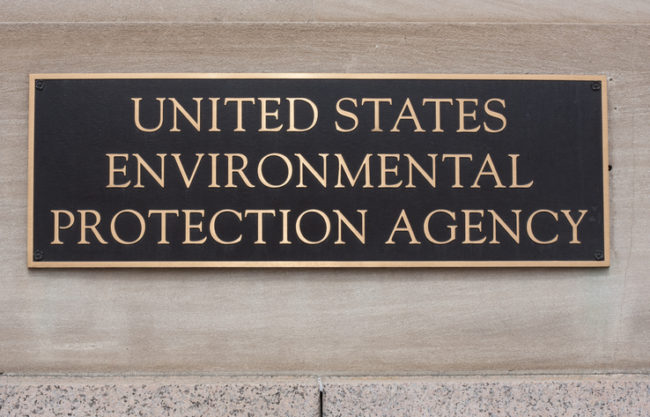In May, E. Scott Pruitt, EPA Administrator, issued a memo about prioritizing the Superfund Program and establishing a commission to expedite the identification and revitalization of superfund sites. CERCLA created the Superfund Program in 1980, but efforts to revitalize superfund sites have lately been delayed by red tape, funding issues, bankruptcies, and court proceedings. In his memo directed to the deputy administrator, the inspector general, assistant administrators, and other high level personnel, Pruitt vowed that “the EPA’s Superfund land and water cleanup efforts will be restored to their rightful place at the center of the agency’s core mission.” According to Pruitt, superfund sites “take too long to start and too long to complete.” In the memo, Pruitt announced two new directives and the formation of a task force.
As part of this new commitment to superfund cleanup, Pruitt directed the withdrawal of the authority delegated to the assistant administrator for Office of Land and Emergency Management for superfund sites valued in excess of $50 million and anointed himself with the sole authority “to select remedies … at [these] sites.” Pruitt also directed regional administrators to increase their efforts to coordinate with his office for the process of developing remedies for superfund sites that cost $50 million or more.
In forming the task force, Pruitt requested recommendations within 30 days for: (1) streamlining the superfund program and reducing the time between identification of the contamination and cleanup and reuse; (2) developing the process to encourage private investment at sites; (3) improving the selection of remedies and alternative remedies for sites; (4) reducing administrative and overhead costs incurred by parties remediating sites; and (5) improving the relationship between stakeholders, federal agencies, and state and local governments and for expanding the role of tribes, states and local government play in the superfund process.
On July 25, 2017 the Superfund Task Force issued 42 recommendations reflecting “the Administrator’s top priorities to reinvigorate and prioritize the superfund program.” According to Pruitt, this plan is meant to be “fluid, dynamic, adaptable and [to] provide both substances and accountability.” There are 1,336 sites on the National Priorities List (NPL) which are “considered the most contaminated and pose the most risk to human health and the environment.” Of the superfund sites, 1179 sites are privately owned and 157 are federal facilities. The recommendations are to focus on the Administrator’s top ten list which he will review weekly, with special attention to: (1) sites on the NPL for five years or more without any real change; (2) potential reuse candidates, including third-party investors; (3) accelerating cleanup at NPL sites that have a remedy selection in place, (4) deploying new technologies at NPL assessment sites, and (5) securing commitments from potential responsible parties with EPA incentives and developing relationships with stakeholders. Recommendations for and specific actions are planned to commence within 12 months.
Pruitt has clearly laid out an ambitious and expeditious plan for identifying, reviewing, remediating, and reusing superfund sites but some environmental advocates have criticized this path, claiming an expedited process will provide a cover for industry by emphasizing redevelopment and creating quick fixes and relying on expediency over expensive and proper cleanup. As these recommendations are implemented, it should become clear if Pruitt’s vision restores the agency’s “core mission” regarding superfund sites or if it merely benefits industry.

